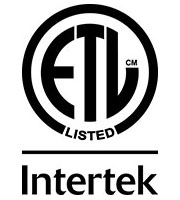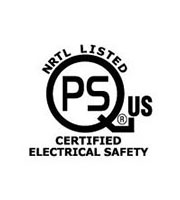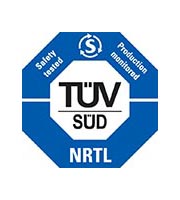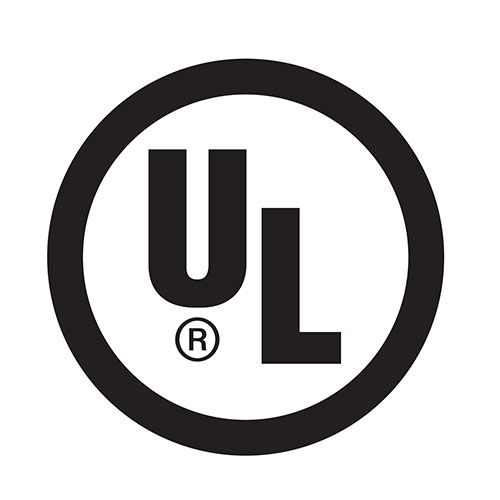Executive Summary
All equipment and devices connected to an electrical outlet or hardwired to the electrical distribution system at MIT.nano must be certified for the intended use by a Nationally Recognized Testing Laboratory (NRTL).
Due to the custom nature of some research equipment, it can be difficult to find pre-listed assemblies, which results in having to field label equipment through a 3rd party, often at additional cost. To reduce potential for schedule delays, it is critical to specify this on the purchase order and engage the vendor as early as possible.
For questions about the NRTL field labeling process or MIT.nano in-house testing program contact Justin Hill, jmhill@mit.edu to discuss in detail.
Who defines and enforces the requirements?
Local:
The statutory code (laws) which govern electrical equipment installations in MIT.nano is the Massachusetts Electric Code (527 CMR 12.00), which incorporates NFPA 70 by reference. Article 90.4 identifies the Authority Having Jurisdiction (i.e.. Cambridge Electrical Inspector) as responsible for enforcement and interpretation with Article 90.7, 100 and 110.3 identifying compliance paths and methodologies including 3rd party evaluations. For MIT, the Cambridge Electrical Inspector has determined that suitability for use shall be evidenced by NRTL listing or labeling.
Federal:
With respect to workplace safety and operations, the Occupational Safety and Health Administration (OSHA) is responsible for standard development and enforcement (OSHA 29 CFR 1910 Subpart S defines the electrical examination or inspection requirements). The most common way of fulfilling their requirement is to obtain a listing or label from approved NRTL.
Internal to MIT:
The NRTL requirement is documented by EH&S on their Electrical Safety resource page: ehs.mit.edu/workplace-safety-program/electrical-safety/
What is NRTL and what markings are approved? What standards are required?
If approved, a NRTL marking will appear on the equipment, often near the electrical nameplate. Some common NRTL's include (Not exhaustive list)







Current List of Nationally Recognized Testing Laboratory’s: www.osha.gov/nationally-recognized-testing-laboratory-program/current-list-of-nrtls
For field labeling, the NRTL will determine the applicable standards based on the type of equipment and how its used. In the past we have seen the following applied to tools in MIT.nano:
UL 61010 - Safety requirements for electrical equipment for measurement, control, and laboratory use
NFPA 79 - Electrical Standard for Industrial Machinery
UL 508A - Industrial Control Panels
Reference: www.osha.gov/nationally-recognized-testing-laboratory-program
What isn’t an accepted NRTL:
 Unfortunately, this mark is not recognized in North America as a NRTL equivalent. The Conformité Européene Mark (CE Mark) is a European Union standard which typically represents a manufacturers self-declaration. It is NOT a safety certification or quality assurance declaration and does not show evidence of third-party testing. Equipment often includes NRTL and CE, but they have no direct association.
Unfortunately, this mark is not recognized in North America as a NRTL equivalent. The Conformité Européene Mark (CE Mark) is a European Union standard which typically represents a manufacturers self-declaration. It is NOT a safety certification or quality assurance declaration and does not show evidence of third-party testing. Equipment often includes NRTL and CE, but they have no direct association.
MIT.nano In-house Electrical Equipment Hazard Assessment (EEHA) Program:
For modified, custom (home-built) or legacy equipment moving to MIT.nano from within MIT, the in-house EEHA program can provide an alternate compliance path to authorize equipment installations. The EEHA process is a pilot program developed by MIT.nano in coordination with MIT EH&S, DoF, external safety experts and has been reviewed by the AHJ for equipment installations in MIT.nano.
The process flow is extensive and includes a detailed inspection, testing, committee evaluations and often professional repairs/modifications. Before engaging this process, it must be shown that equivalent NRTL equipment evaluations are not available.
If you are building custom equipment, please contact MIT.nano EEHA team early in the design process for additional details.
